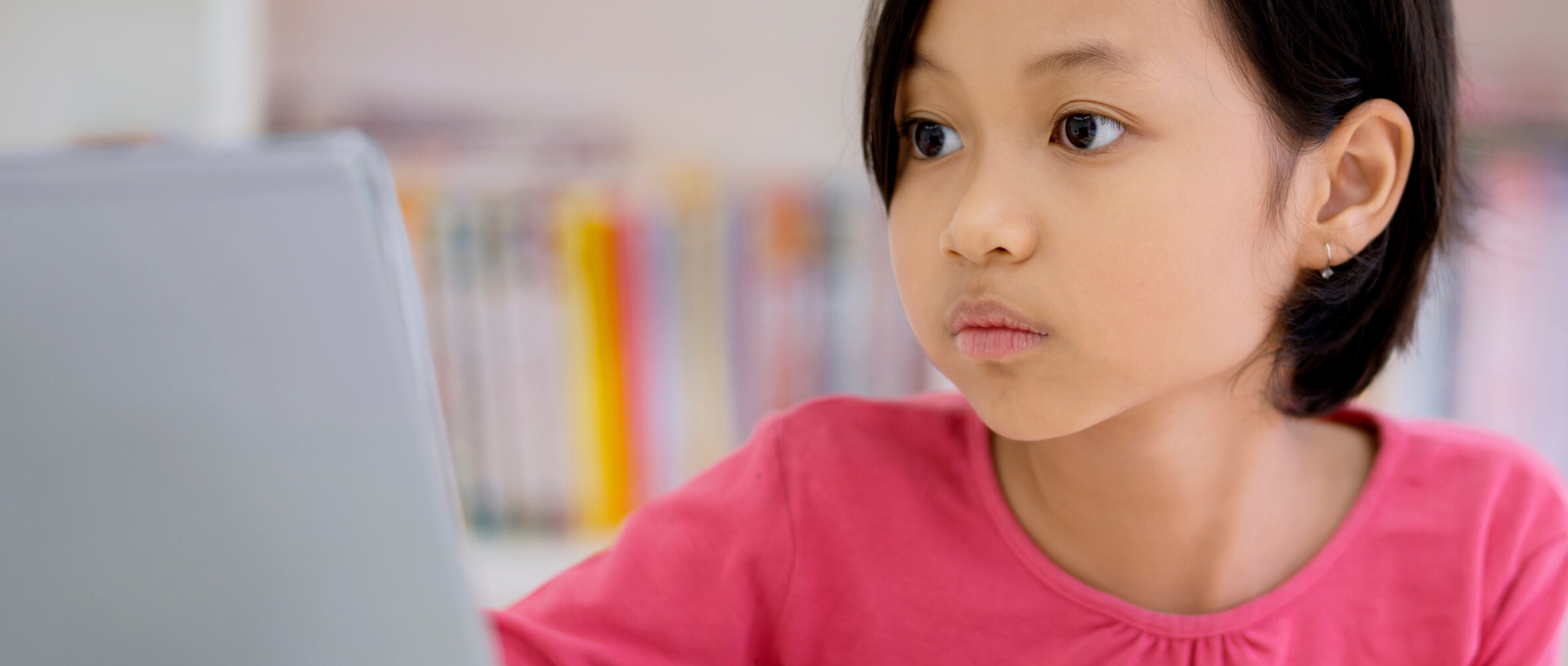Teachers, parents, and families everywhere are scrambling to bring teaching and learning online. Administrators are working hard to find ways to provide food and technology to families who need them. Caregivers are juggling full time work, the strain of job loss, or the stress of working on the front lines at the same time that they are working to support distance learning at home.
We are in uncharted territory. No one can say, “Well, the last time we brought teaching and learning online in response to a global pandemic…” So what can we look to as we navigate this together?
More important than any online learning platform or single assignment, children need caregivers and educators on the same team. Our capacity to form collaborative relationships that support student wellbeing during this time is key.

Here are five suggestions that can help us get started:
Reframe the goal.
Many of us are trying to do multiple full time jobs at the same time. The goal should not be to be the best at every single one of them. We are responding to crisis, not deliberately designing the most meaningful and sustainable system for optimal distance learning and online education. Our priorities are also going to be different because each family and each school is different. The financial and health consequences of the pandemic are not distributed evenly in our communities. Let’s do the best we can to adapt, respond, and care for each other in-this-time. It’s possible that what we learn from this kind of responding and caring might serve us long after the pandemic is under control.
Relationships first.
Relationships are THE active ingredient in emotional regulation and learning. This was true before COVID-19 and remains essential today. When children (and adults) are under stress it is more difficult to access their thinking brains. This is because stress causes the brain to shut down from the “top down,” moving from the cortex (the seat of thinking and planning) into the limbic brain (the seat of emotions and reactivity). This is especially acute right now for children who have experienced or are experiencing trauma. The good news? A warm and caring connection with a safe adult is the single largest protective factor against the negative impacts of stress. It is also the primary way children get back to calm. In other words, connection doesn’t just make us feel good; it unleashes the cortex for new learning.
So before we all put all of our energy into technology and assignments, the science begs us to put relationships first. For educators this means, prioritizing connection, positive interactions, and developmental relationships online. For caregivers, this means meeting challenging behaviors with empathy and emotion coaching instead of harsh discipline. For all of us, it means keeping in mind that children are far more likely to look back on this time and remember how adults made them feel than remember what adults made them do.
Back to the basics.
In addition to warm and caring relationships, educators and families alike shouldn’t lose sight of the basics. These include sleep, movement, food, and stress recovery strategies that recharge our bodies and brains. For example, research is clear that exercise helps us manage stress. It also sprinkles the equivalent of “Miracle Gro” on the cortex, fueling the learning brain. Sleep is similarly essential to emotional regulation and learning. All of us-educators, parents, and kids alike-shouldn’t neglect the basics. If we do, it will be difficult at best for us to craft distance learning lessons, learn lessons, or have positive interactions. We have to work together to ensure that the day includes time to move, sleep, and time to recharge
Adopt a growth mindset.
We’ve known for a long time that students with a growth mindset are more likely to tackle challenges and learn from mistakes. It turns out that the mindsets of educators and parents matter as well, especially in the face of challenge. We are all new at this! This is not a time to demand perfection or frame mistakes and struggles as signs of failure. It is also not a time to decide ahead of time which kids are likely to succeed online and which aren’t. These kinds of fixed beliefs are damaging to all.
Instead, this is a time to communicate our belief that everyone has the capacity to learn and grow. We can model a growth mindset ourselves by acknowledging our stretch mistakes, normalizing mini-failures and setbacks, and celebrating achievements, both big and small. Let’s allow kids and adults alike to be, “new, messy, and improving” at all of this.
Be patient and create boundaries.
Let’s remember that we are all juggling many responsibilities. Just because many caregivers are at home doesn’t mean they can spend all day alongside their kids. Just because educators are teaching online doesn’t mean they are always available to answer our questions. When we are stressed, it is easy to lose perspective and forget that we are all humans and we are all juggling. This is not the time to expect instantaneous responses from teachers about our tech challenges or assignment questions. Nor is it the time to expect full participation and compliance from caregivers trying to help their kids navigate new systems. We would all benefit from being clear about when we are available and when we are not. It’s also okay to communicate what we can handle right now and what we cannot.
Practice gratitude.
Gratitude isn’t “nice to have” during a crisis. It is essential. Gratitude helps us manage stress and gives us energy. But let’s not let the ideal get in the way of the real. Gratitude doesn’t have to be an idyllic practice only accessible to someone with an hour of gratitude journaling available to them. Gratitude isn’t a script. It is a practice. We can start by noticing two or three new things every day that we are grateful for. For parents and educators, let’s start with one another.